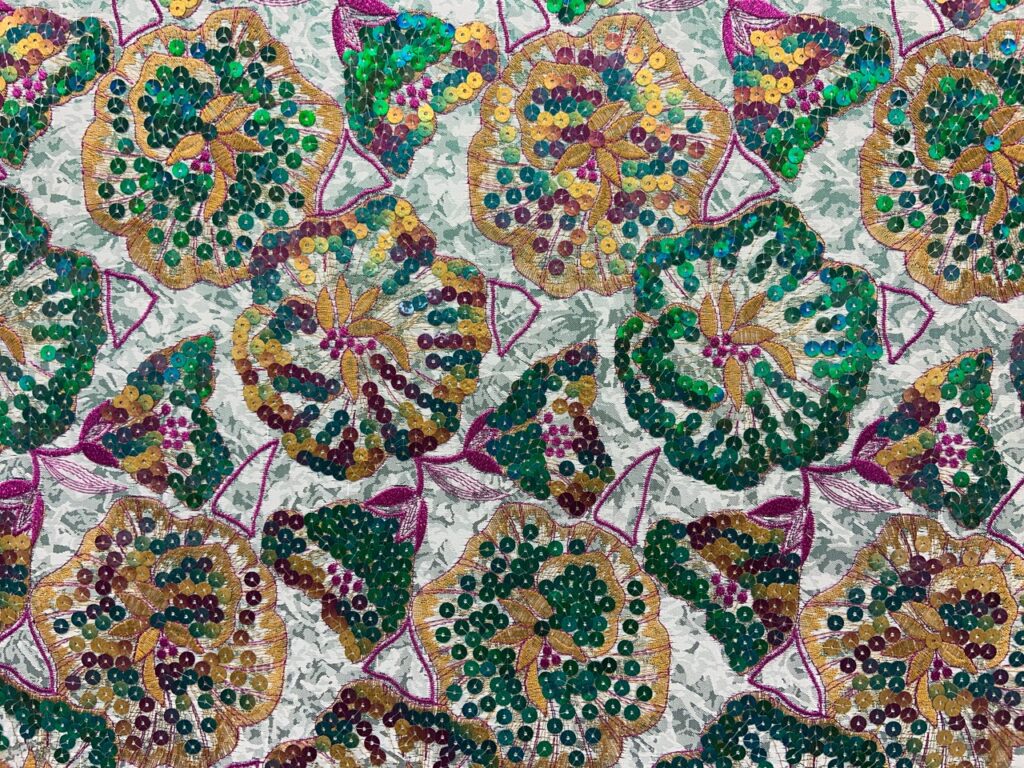That matter matters is a central premise in new materialism. Our research methodology and aesthetics start off from matter, that is, fabric. Most specifically, the research methodology is inspired by the technology of lace making: Lace is an artful needlework, with different threads being crossed over and twisted around each other, small holes pierced and eventually trimmed to hem the bleeding. The project uses this technique as story-telling devise and applies it onto dominant narratives on textiles, trade and terror. It hopes to pierce, twist and turn the threads’ course and orientation, and thereby generate a plethora of different accounts. In this project, we call this methodology “fabrication”.

The methodology of fabrication expands upon the dual meaning of fabrication: To fabricate means to create and to construct. But there is a second, and for this project, significant meaning – to fabricate also means to deceive, that is, to envision otherwise. In line with the aim stated above, this project does not aspire to reveal what has been hidden or overlooked in order to deliver a more realistic account of the past. Instead, it tries to stay in the world, while also believing in another – in our terms: fabricated -world. It asks what could have happened and what would possibly happen in encounters under the condition of “what if” (Baldauf and Lorenz 2017). Fabrication is related to what Raymond William called “the structure of feeling”; it resides in the realm of affect, pain, indignation, rage, longing and desire, humor and satire (Williams 1954).
For us, one of the most instructive exemplification of the methodology of fabrication is Donna Haraway’s concept of “string figuring”. Donna Haraway defines “string figuring” as a form of “continuous weaving” with regards to thinking and also making practices (Haraway 2016, 96). String figuring, for her, is a companion practice. It relies on an ethical choice to be with and explore different forms of relationship with others. String figuring requires reciprocity; it is a process of receiving and responding to a set of patterns from the perspective of one’s own position in the world. String figuring provides conceptual guidance in terms of how to think fabrication as a social and collective engagement with different threads.

References
Baldauf Anette and Lorenz Renate (2017), with PhD candidates from the Academy of Fine Arts Vienna. Hauntopia / What if. Research Pavilion: The Utopia of Access. Venice.
Haraway Donna (2016), Staying with the Trouble: Making Kin in the Chthulucene. Duke University Press: Durham.
Williams Raymond and Michael Orrom (1954), Preface to Film. Film Drama: London.
